The North Face Logo Design: History & Evolution

Image Source: https://www.thenorthface.com/ | Image Courtesy: The North Face
When it comes to iconic brand symbols, The North Face logo design certainly tops the charts in the realm of outdoor gear. Hey there, design enthusiasts! If you've ever been hiking, skiing, or even just braving the urban winter, you’ve undoubtedly come across this emblematic half-dome logo. But have you ever stopped to consider the story behind it? In this article, we're going to dig deep into the evolution and history of The North Face logo design—a fascinating journey that is a testament to simplicity, functionality, and timeless aesthetics.
Founded in 1966, The North Face began as a humble San Francisco-based retailer for outdoor enthusiasts. The brand’s logo, however, has transcended its initial scope to become a universal symbol for adventure and exploration. It’s not just a random shape; the emblem is inspired by the Half Dome rock formation in Yosemite National Park, a mecca for climbers and adventurers alike.
So, grab your creative toolkit and let's climb into this design adventure. Whether you’re a seasoned graphic designer looking for inspiration, or simply curious about how a logo can capture the essence of a brand so perfectly, you’re in for a treat.
The North Face Logo Design History
1966 - 2010
In the universe of iconic logos, The North Face holds a special place, especially for us graphic designers who appreciate the subtleties of simplicity and impact. Created in 1966, the original The North Face logo design had a unique vibe of rugged sophistication. Picture this: a monochrome badge accompanied by a three-level inscription on the left and a bold abstract emblem on the right. If you're thinking that sounds straightforward yet striking, you're absolutely right.
Let's get into the meat of the design: the emblem. Composed of three arched lines, it's a minimalist representation of the famous Half Dome mountain peak in California's Yosemite National Park. Ah, Half Dome—beloved by climbers and outdoor adventurers, not just for its majesty, but also for its unusual, almost otherworldly shape. The smooth, rounded lines of the peak are mimicked elegantly in those three simple lines, giving the logo a sense of adventure and a nod to the natural world. Isn't it amazing how much can be conveyed with so little? That's the genius of iconic design, my friends.
But hey, let’s not forget the monochrome color palette. This wasn't just a design choice; it was a strategic move. In graphic design, especially branding, color palettes often serve specific purposes. Here, the monochrome palette does wonders for versatility. Whether stamped on a resin badge, stitched into clothing, or written on a tag, the logo maintains its aura. It can be placed against almost any background color or texture without losing its identity, making it a powerhouse in terms of application.
The years leading up to 2010 saw minor tweaks but the core essence remained largely unchanged—because why fix something that isn't broken? During this period, the logo became synonymous with quality outdoor gear and clothing. It transformed into more than just a brand identifier; it became a badge of honor for adventurers and explorers, without losing any of its original allure or functionality.
The original The North Face logo design is a masterclass in how to make simplicity profound. It serves as a lasting lesson for all of us in the design community, showing that timeless design not only survives but thrives, evolving into a symbol that's instantly recognizable across generations and geographies.

Image Courtesy: The North Face
2010 - Present
If you thought the original The North Face logo design was a stroke of genius, the 2010 redesign will make you appreciate the power of subtle tweaks in branding. At a glance, you might think, "It's pretty much the same, isn't it?" But ah, the devil is in the details, my friends.
So, what changed in 2010? Well, get ready for this: Color! The logo went from a monochrome palette to a vibrant combination of red and white. The whole lettering and emblem now nestle comfortably on a scarlet-red square. And let me tell you, the shift to red wasn't just a whim; it was a calculated decision. Red and white together exude power, progress, and dynamics. These colors now resonate strongly with the adventurous and innovative spirit that The North Face brand has been embodying for decades.
If color psychology is your jam, then you'd know that red has long been a symbol of energy and passion, while white stands for purity and simplicity. The amalgamation of these two colors in the new logo isn't just visually appealing; it's a reflection of the brand’s core values.
Now, let’s talk typography, shall we? The wordmark itself remains in all capitals, and if you're a font aficionado like me, you might notice the typeface bears a striking resemblance to Sequel Sans VF Disp Semi and Neue Helvetica Georgian Bold 75. It's a bold yet neat and traditional sans-serif that complements the emblem perfectly. The fonts are muscular but not overbearing, confidently announcing the brand without stealing the spotlight from the iconic Half Dome emblem.
Honestly, it's like The North Face logo went to the gym, did some cardio, lifted weights, and came out flexing but without losing its soul. The redesign shows that you can bring new energy to a classic while staying true to the roots.
For graphic designers looking for a lesson in brand evolution, this is it: You don’t need a complete overhaul to make a brand feel fresh and contemporary. Sometimes, a splash of color and minor adjustments can revive an identity, making it more relevant and engaging for a new generation.

Image Courtesy: The North Face
Analysis: The North Face Logo Design Evolution
Now that we've journeyed through the timeline of The North Face logo design, it's time to put on our analysis caps. We'll break down what makes this emblem tick and why it's a paragon of brilliant logo design, even after decades. So, pull up your favorite design chair, pour yourself some coffee, and let's get analytical.
Simplicity is King
The original monochrome design and even the red and white revamp both underscore the power of simplicity. It’s a reminder for all of us in the design world: you don't need to go overboard with elements to make an impact. The straightforward representation of Half Dome encapsulates adventure, risk, and the great outdoors, all without screaming for attention.
Color Psychology
The 2010 color upgrade wasn't just about making things pretty; it was a deep dive into color psychology. The switch to a red and white palette invigorated the brand with new energy, perfectly aligning with the emotions these colors are known to evoke—passion, power, and purity. It’s a master class in how color can redefine a brand's personality.
Font Choice Matters
The wordmark has consistently used a strong, traditional sans-serif font similar to Sequel Sans VF Disp Semi and Neue Helvetica Georgian Bold 75. This font choice strikes a balance between modern aesthetics and timeless appeal, making the logo adaptable across various media and contexts. Typography nerds, take note!
Versatility in Application
From its monochrome beginnings to its colorful present, The North Face logo design has always been versatile. Whether you're looking at resin badges, clothing tags, or embroidered gear, this logo can adapt without losing its essence. That's something we, as designers, should aspire to achieve in our projects.
Consistency and Adaptability
Over the years, the core design has remained largely consistent, proving that a well-thought-out logo doesn’t require frequent overhauls. Yet, subtle changes like the 2010 color update show that even timeless designs can adapt to contemporary trends without sacrificing their original ethos.
The North Face logo design is a compelling case study in how to blend simplicity with depth, tradition with modernity, and consistency with adaptability. The beauty of this logo lies not just in its design, but also in its ability to evolve while staying true to its roots. It's a lesson in branding that we can all learn from. So the next time you're facing a challenging design project, just think—what would The North Face do?

Image Source: https://www.instagram.com/p/Ct9aHdaAZUO/ | Image Courtesy: The North Face
The Philosophy & Meaning Behind The North Face Logo Design
You know, a logo isn't just a pretty picture or a set of fancy fonts. It's a brand's signature, its ethos, its calling card. The North Face logo design is no exception. It packs a philosophical punch, wrapping layers of meaning into a seemingly simple design. Today, we're going on a philosophical trek to unearth the depth behind the famous Half Dome symbol and vibrant color palette. So grab your metaphorical hiking boots, and let's dive in!
Embracing Nature
At its core, The North Face logo design is an homage to nature. Those iconic arched lines are an abstract representation of Half Dome, one of Yosemite's most distinctive peaks. By incorporating this natural marvel into its brand identity, The North Face beckons us to engage with the great outdoors and remember the beauty and challenges it presents.
Minimalism as a Statement
The design embraces minimalism, but not just as a trendy aesthetic choice. It reflects the utility and straightforwardness required in outdoor gear. No fuss, no frills—just durability and reliability. Minimalism here isn't just a design ethos; it's a functional requirement and a lifestyle statement.
The Color of Energy
Let's talk about that scarlet-red square that came into play in 2010. Red isn't just eye-catching; it's energizing. It's the color of fire and blood, symbolizing passion, urgency, and vitality. The red backdrop essentially provides an emotional pulse to the brand, making it impossible to ignore and easy to remember.
Strength in Typography
The bold, sans-serif typeface is more than just readable; it represents the strength and durability that are quintessential for surviving nature's challenges. Fonts like Sequel Sans VF Disp Semi and Neue Helvetica Georgian Bold 75 offer a blend of modern and traditional elements, which mirror the brand's combination of innovative technology and age-old dependability.
Universal Appeal
One of the beauties of The North Face logo design is its universal applicability. The design elements are so well-chosen that they speak not just to hardcore adventurers but to anyone who appreciates quality and the spirit of exploration. It transcends boundaries, making it globally recognizable and appreciated.
The philosophy behind The North Face logo design isn't just skin-deep. Every element—from the Half Dome emblem to the red and white color scheme, down to the font choices—has been meticulously chosen to reflect the brand's spirit, values, and mission. It's not just a logo; it's a testament to the harmonious fusion of design, meaning, and function. And that, my fellow designers, is what makes a logo truly great.

Image Source: https://www.instagram.com/p/Cw72E_lMnyS/ | Image Courtesy: The North Face
What Can We Learn from The North Face Logo Design
Let's talk shop and dig into the treasure trove of lessons that The North Face logo design has to offer. As we've seen, this is no ordinary logo; it's a masterclass in brand identity. So, as we pull apart its layers, think about how you can apply these same principles to your own projects. Ready to become a design scholar? Let's go!
Start with a Strong Concept
One of the first things The North Face logo design teaches us is the importance of a strong, foundational concept. That iconic Half Dome represents both a specific geographical location and an ethos of adventure and exploration. When embarking on a design journey, start by nailing down what the brand truly stands for and let that guide your creative process.
Keep It Adaptable
The original monochrome color scheme wasn't just a stylistic choice; it was a strategic one. Monochrome can be placed on any background or texture, from clothing tags to outdoor gear. The 2010 update continued this tradition by opting for a bright yet equally versatile red and white palette. The takeaway? Always think about where and how the logo will be used.
Embrace Subtlety
Contrary to popular belief, radical redesigns aren’t always necessary. The 2010 update to The North Face logo design was subtle but effective, enhancing the brand’s visual identity without alienating its existing customer base. This teaches us that sometimes a slight refresh can be just as impactful as a complete overhaul.
Make Emotional Connections
Logos should evoke feelings and The North Face has nailed this. The color choices, the fonts, and even the design’s simplicity all serve to connect emotionally with the audience. Whether it’s the sense of adventure inspired by the Half Dome symbol or the urgency and energy of the red backdrop, effective logos hit us right in the feels.
Longevity is Key
The North Face logo has stood the test of time due to its strong foundational concept and ability to adapt. This highlights the importance of crafting logos with longevity in mind. It’s not about following trends; it’s about creating a timeless piece that can gracefully evolve.
In summary, The North Face logo design is like a textbook we never knew we needed, but one that we should all study. It takes us on a design journey from foundational concepts to emotional connections, and teaches us to appreciate the art of subtlety and the value of adaptability. No wonder it's a classic!
Conclusion
Alright, design wizards, we've scaled the peaks and valleys of The North Face logo design, and what a trek it's been! From its humble 1966 beginnings to today's dynamic red and white palette, this logo is a masterclass in design done right. It beautifully captures the brand’s spirit while adapting to the times—lessons we can all take to our drawing boards. Whether you're a newbie or a seasoned pro, there's wisdom here to elevate your craft. Thanks for tagging along on this design adventure! Got thoughts? Share away!
Let Us Know What You Think!
These fantastic logo design articles are written and curated by Kreafolk's team. We hope you enjoy our information and remember to leave us a comment below. Cheers!

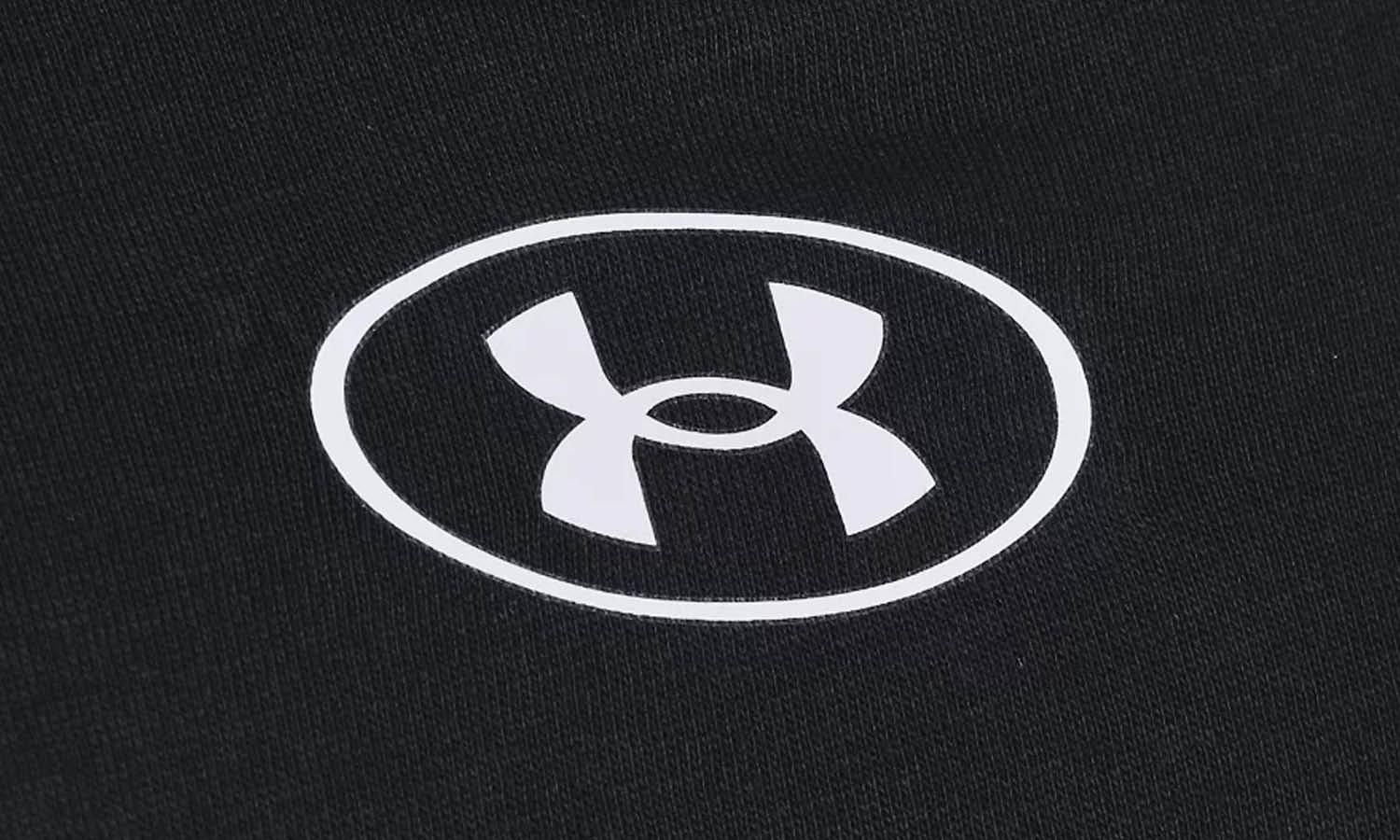
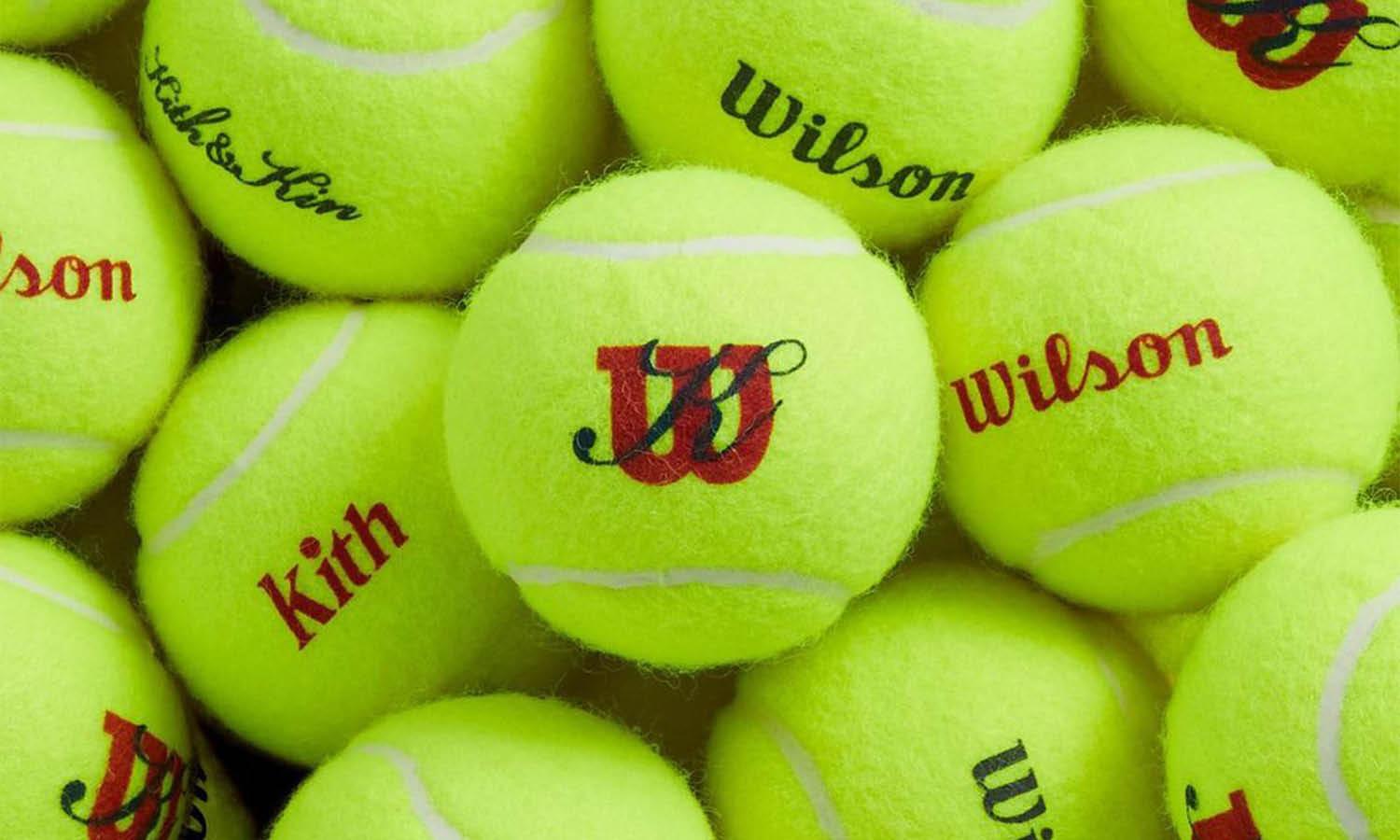
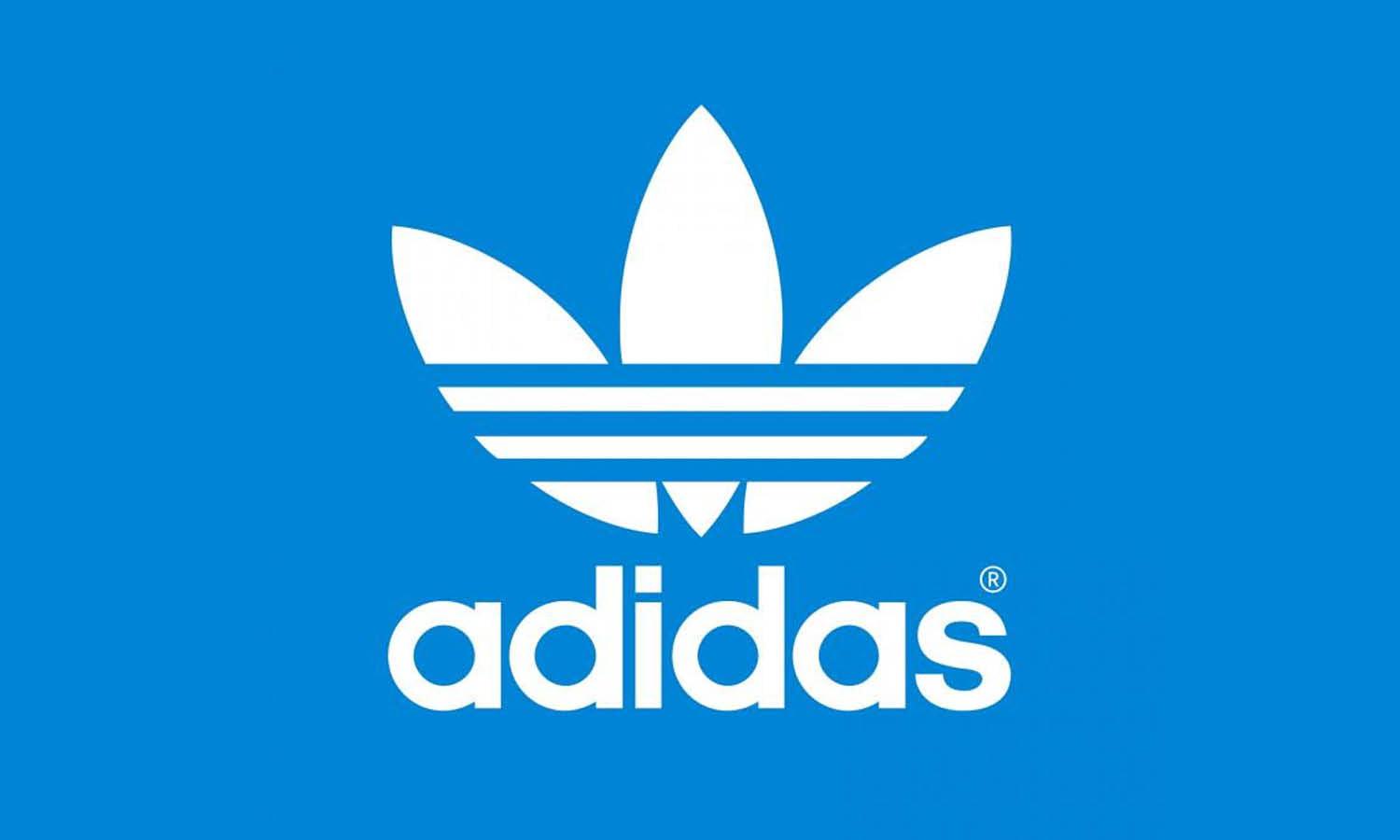
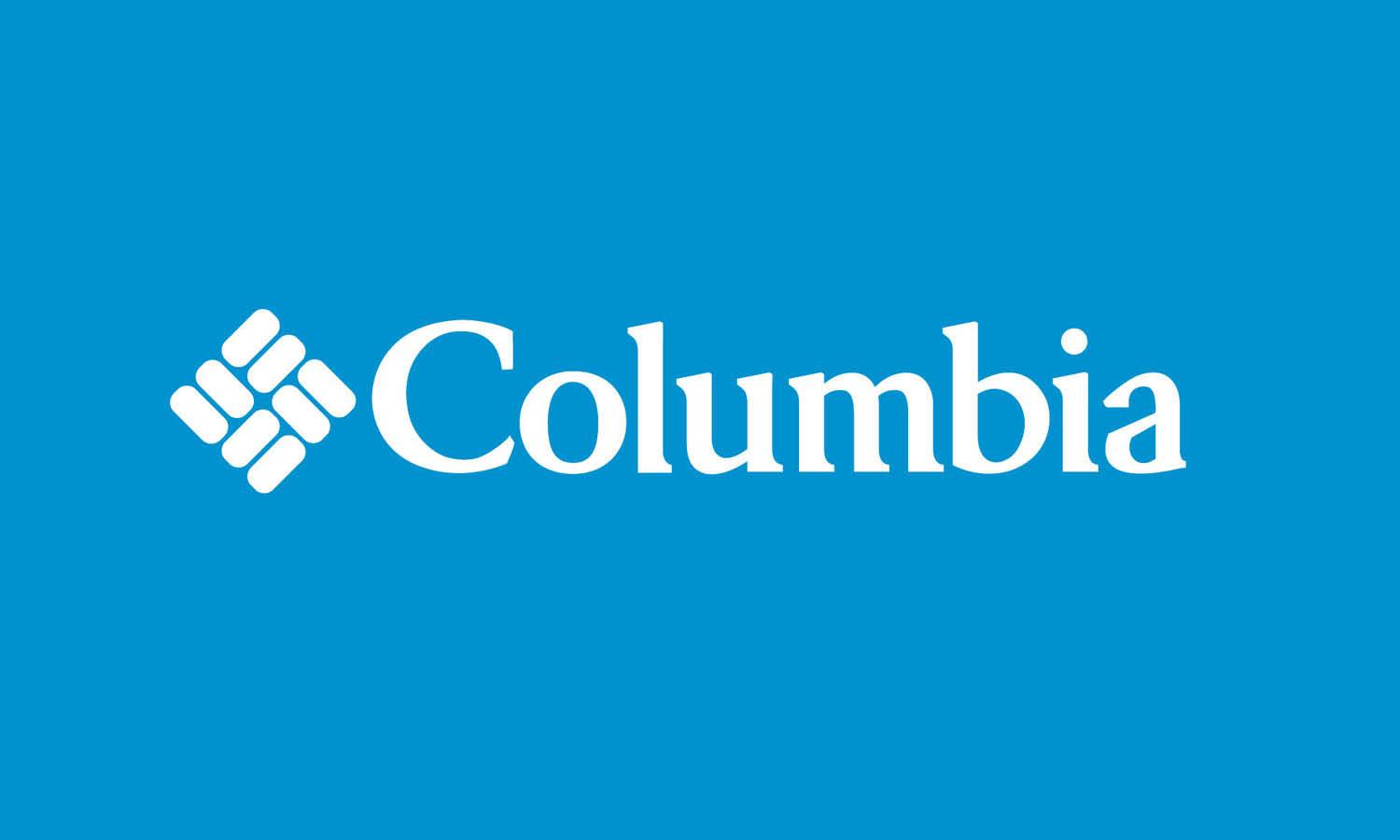
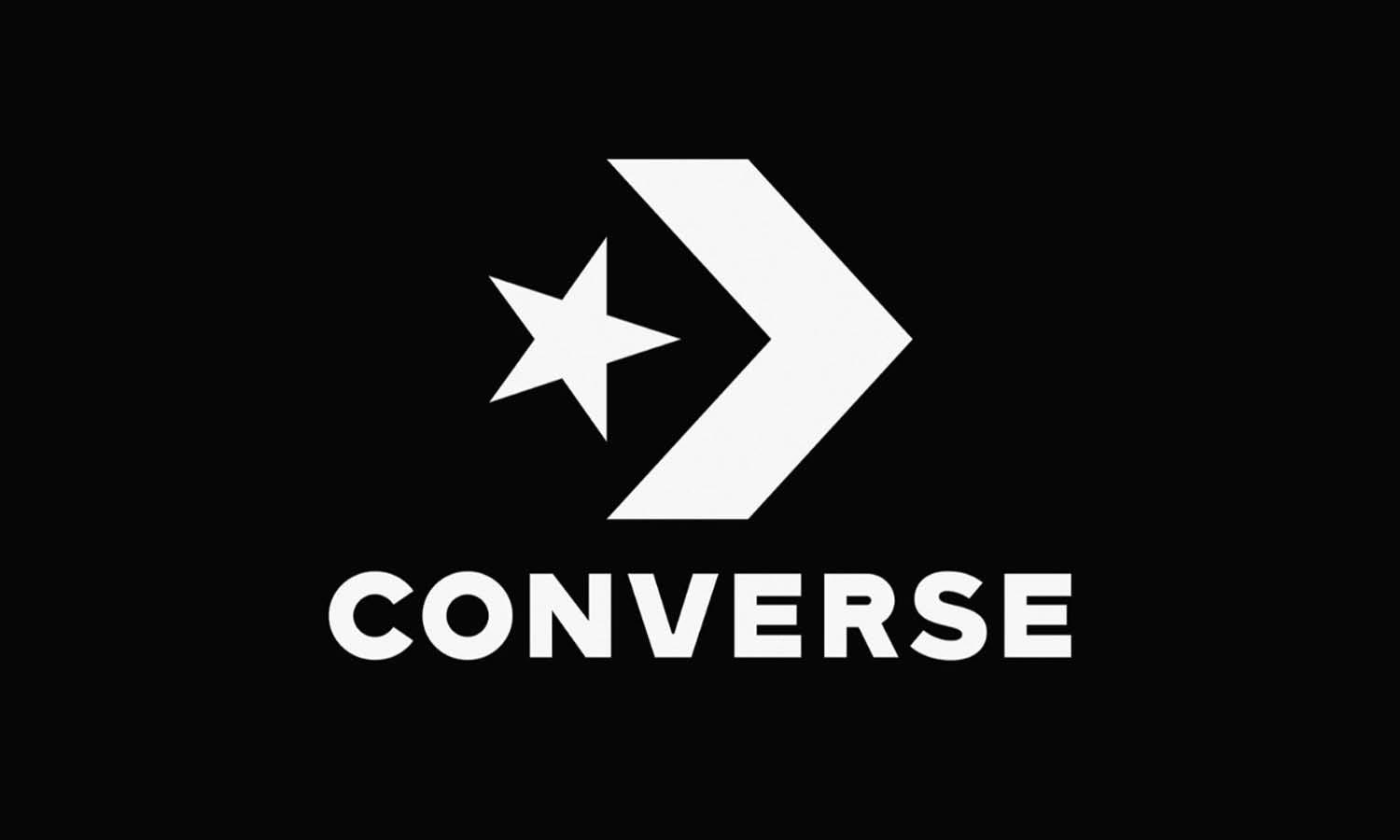










Leave a Comment